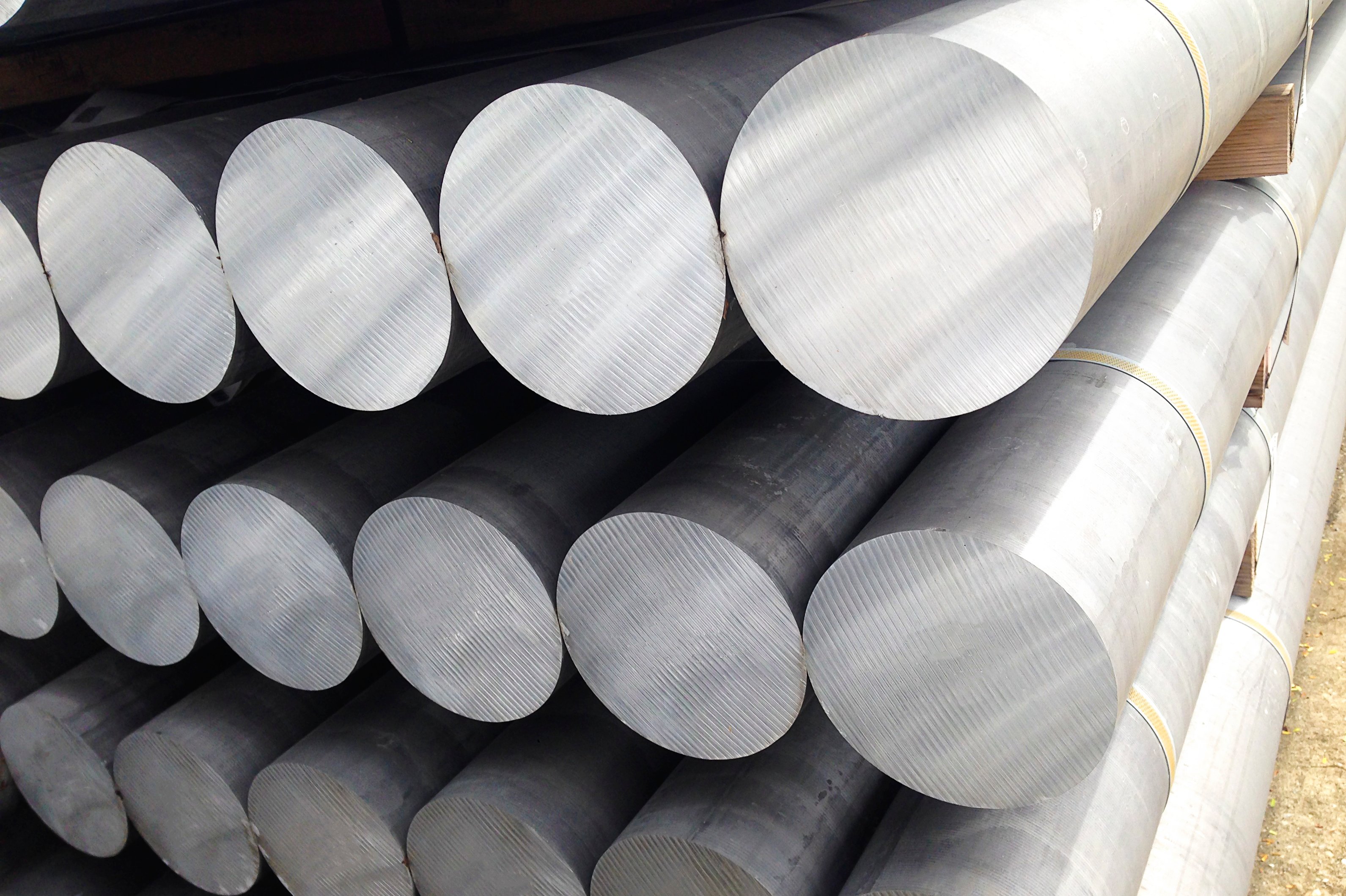Aluminum is the go-to metal of choice for countless companies across the globe. It’s a lightweight metal that’s surprisingly strong, affordable, corrosion-resistant, and easy to machine and weld. Each “grade” of aluminum also comes with its own unique characteristics.
In this expert guide, we’ll walk you through the common aluminum grades and describe their differences, the pros and cons of each grade, why it’s great for CNC machining, and some specific applications where you might see each grade used.
What Is an Aluminum Grade?
The grade of aluminum refers to what elements are alloyed together, and what combination of materials create the final alloy. We have an in-depth guide here to explain the differences between aluminum grades in better detail.
With that quick explanation, let’s dive into some of the most common aluminum grades and see what makes them good choices for CNC machining.
6061 Aluminum Alloy
6061 aluminum alloy is one of the most widely used aluminum alloys, especially in CNC machining. It's known for its excellent strength-to-weight ratio, good corrosion resistance, and weldability. This alloy is a combination of silicon and magnesium, which contributes to its versatility.
6061 aluminum alloy is a good choice because of its balance of strength, weldability, and machinability. In a lot of cases, engineers will default to 6061 aluminum alloy if they don’t have case-specific requirements. It cuts smoothly and can handle various post-processing treatments like anodizing and painting.
Benefits and Downsides: The primary benefit of 6061 aluminum alloy is its ease of machining and strength, making it suitable for a wide range of applications. However, it's not as strong as some other aluminum alloys and can be susceptible to stress cracking in certain conditions.
Applications: 6061 aluminum alloy is used in almost every industry, and it’s commonly used in automotive parts, marine components, construction hardware, and electronic enclosures.

7075 Aluminum Alloy
7075 aluminum is known for its high strength, which often rivals that of steel. It's a zinc-dominated alloy and is one of the superior aluminum alloys when it comes to overall strength.
Despite its hardness, 7075 machines well, making it a good choice for parts that require high precision and strength. However, its machining requires careful handling to avoid stress-related issues.
Benefits and Downsides: Its key advantage is its exceptional strength, making it ideal for high-stress applications. This is why it’s known as one of the superior aluminum alloys. However, this strength comes at the cost of reduced weldability and increased susceptibility to corrosion compared to other aluminum alloys.
Applications: It's commonly used in aerospace components, military applications, and other high-strength parts — like bicycle frames and rock-climbing equipment.
5052 Aluminum Alloy
5052 aluminum is known for its high corrosion resistance and strength, particularly against saltwater. It contains magnesium as its primary alloying element.
5052 aluminum is ideal for CNC since it offers a good balance between workability, strength, and corrosion resistance. It's easier to form than other high-strength alloys, making it suitable for complex CNC machined parts.
Benefits and Downsides: 5052 is highly resistant to corrosion, making it suitable for marine environments. Its downside is that it's not as machinable or strong as some other grades, like 6061 or 7075.
Applications: Ideal for marine hardware, electronic chassis, tankers, and fuel lines.
6063 Aluminum Alloy
6063 aluminum, often referred to as architectural aluminum, is known for its smooth surface finish and is often used in extrusions. It's similar to 6061 but has slightly lower tensile strength.
6063 aluminum is a great choice for its ability to be easily machined, welded, and anodized. It’s a great option for intricate and detailed CNC projects.
Benefits and Downsides: The major benefit of 6063 is its excellent surface finish and corrosion resistance, making it ideal for aesthetic applications. The downside is that it's not as strong as 6061.
Applications: Widely used in architectural applications, window frames, door frames, roofs, and sign frames.
2024 Aluminum Alloy
2024 is known for its high strength and fatigue resistance. It's primarily composed of copper and is often used in applications where a high strength-to-weight ratio is required.
2024 aluminum is highly machinable and can be used to make precision parts that require high strength. Due to its composition, it requires careful handling during machining, which means that you’ll need a more experienced machine shop like our team at Rapid Axis.
Benefits and Downsides: Its primary advantage is its excellent strength, making it ideal for structural components. However, it's less corrosion-resistant and harder to weld than other aluminum alloys.
Applications: We typically use 2024 aluminum in applications like aircraft structures, military vehicles, and other high-stress parts.
Contact Rapid Axis for All of Your Aluminum Part Needs
As you can see, each aluminum grade offers unique properties that make them suitable for different CNC machining applications. Understanding these differences is crucial for engineers and designers when selecting the right aluminum alloy for their projects.
If you’re still confused or want to learn more, our machining experts at Rapid Axis can help. Our full-service machine shop can fabricate, finish, and send production-quality aluminum parts to your doorstep. Get a free quote today.

